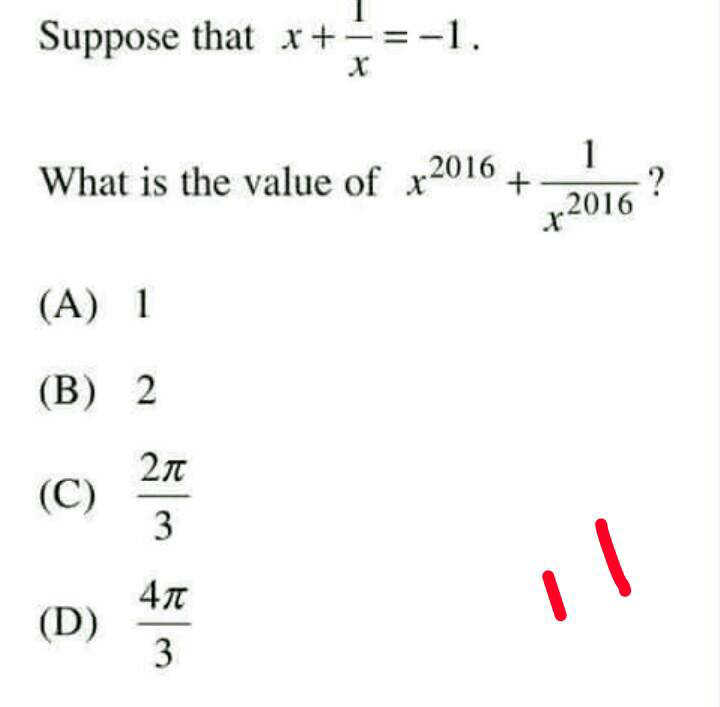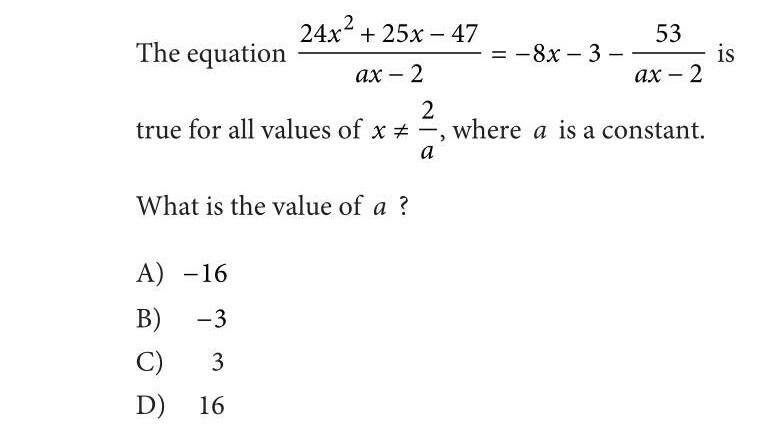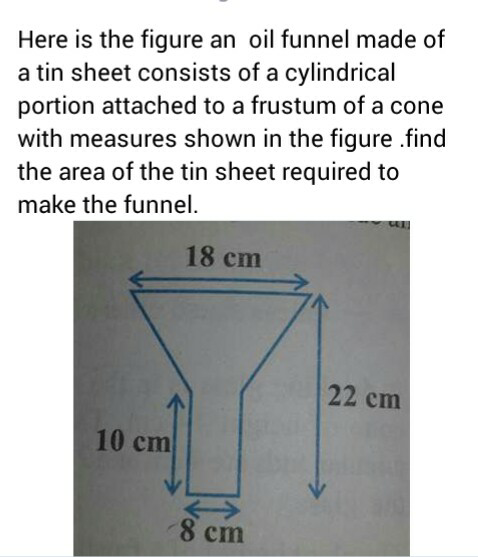
AllQuestion and Answers: Page 1950
Question Number 13427 Answers: 0 Comments: 0

Question Number 13412 Answers: 1 Comments: 0
Question Number 13403 Answers: 2 Comments: 2
Question Number 13401 Answers: 1 Comments: 0
Question Number 13395 Answers: 2 Comments: 0
Question Number 13394 Answers: 1 Comments: 0
Question Number 13391 Answers: 1 Comments: 0
Question Number 13389 Answers: 0 Comments: 5
Question Number 13388 Answers: 0 Comments: 5
Question Number 13377 Answers: 1 Comments: 1

Question Number 13373 Answers: 0 Comments: 4

Question Number 13365 Answers: 2 Comments: 0
$$\int\:\:\mathrm{e}^{\left(\mathrm{x}\:+\:\mathrm{e}^{\mathrm{x}} \right)} \:\:\mathrm{dx} \\ $$
Question Number 13364 Answers: 2 Comments: 1
Question Number 13362 Answers: 2 Comments: 0
Question Number 13360 Answers: 1 Comments: 0
Question Number 13359 Answers: 0 Comments: 4
Question Number 13349 Answers: 1 Comments: 0

Question Number 13346 Answers: 1 Comments: 2

Question Number 13345 Answers: 0 Comments: 0

Question Number 13336 Answers: 1 Comments: 2
Question Number 13333 Answers: 0 Comments: 5
Question Number 13329 Answers: 0 Comments: 1
Question Number 13328 Answers: 1 Comments: 0
$${Can}\:{we}\:{define}\:{factorial}\:{for}\:{any}\: \\ $$$${real}\:{number}??? \\ $$
Question Number 13327 Answers: 1 Comments: 0
$${how}\:{can}\:{we}\:{expand}\:\left(\mathrm{1}+{x}\right)^{\frac{\mathrm{1}}{\mathrm{2}}} ?? \\ $$
Question Number 13316 Answers: 1 Comments: 0
Question Number 13307 Answers: 1 Comments: 0

Pg 1945 Pg 1946 Pg 1947 Pg 1948 Pg 1949 Pg 1950 Pg 1951 Pg 1952 Pg 1953 Pg 1954
